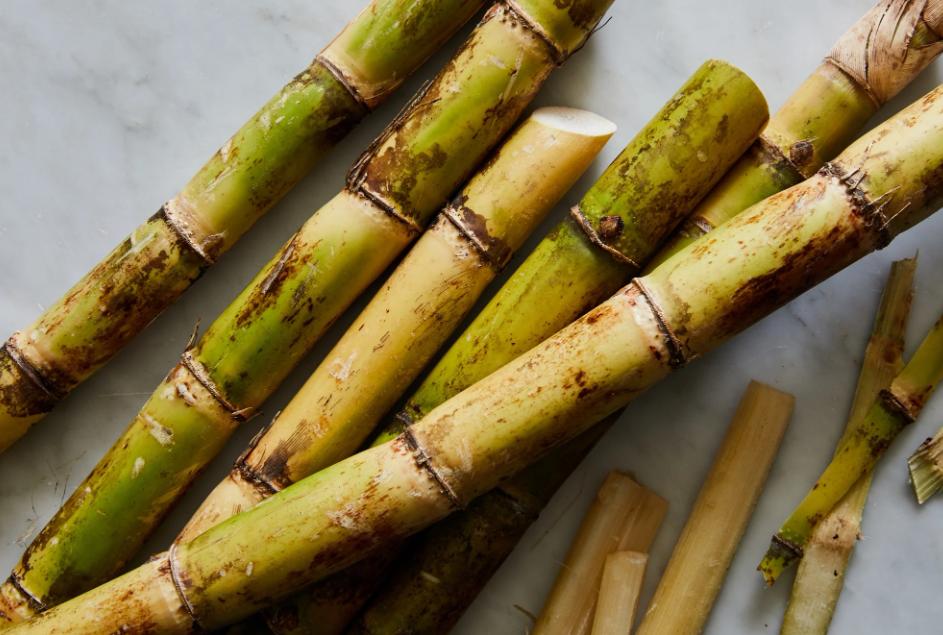Sugar cane in Australia has played a vital role in the country’s agricultural history and economy. However, like many industries reliant on intensive farming practices, the cultivation of sugar cane has significant environmental impacts. As Australia focuses on sustainable agriculture, understanding these effects is essential to balancing productivity with ecological responsibility.
1. Land Use and Deforestation
The expansion of sugar cane in Australia has often come at the cost of natural ecosystems. Much of the land used for sugarcane cultivation has been cleared from forests and wetlands, contributing to habitat loss and reducing biodiversity. This has raised concerns about the long-term sustainability of these agricultural practices and their impact on the environment.
2. Water Usage and Scarcity
Water is a critical resource in the cultivation of sugar cane in Australia. With irrigation being a major part of sugar production, the industry places significant pressure on water resources, especially in regions facing drought and limited access to water. Overextraction of water from rivers and groundwater can lead to environmental degradation and threaten aquatic ecosystems.
3. Soil Degradation
The heavy reliance on chemical fertilisers and pesticides in sugar cane farming has had detrimental effects on soil health. Continuous cultivation can lead to soil erosion, compaction, and loss of fertility. Additionally, excessive use of chemicals can contaminate soil and water systems, impacting local ecosystems and wildlife.
4. Pesticides and Chemical Use
The use of pesticides and herbicides in sugar cane production has been linked to pollution and harm to surrounding ecosystems. While essential for controlling pests and weeds, these chemicals pose risks to non-target species, including beneficial insects, birds, and aquatic life. Sustainable pest management methods are necessary to reduce these environmental impacts.
5. Greenhouse Gas Emissions
The cultivation and processing of sugar cane contribute to greenhouse gas emissions. Practices such as burning fields, releasing methane from flooded fields, and the use of heavy machinery all contribute to the industry’s carbon footprint. Adopting more environmentally friendly practices is crucial to reducing these emissions and mitigating climate change.
6. Waste Management and Recycling
The sugar cane industry produces large amounts of waste, including bagasse (the fibrous residue left after sugar extraction), which, if not managed properly, can lead to environmental pollution. Innovative approaches to recycling and waste management, such as using bagasse for bioenergy, can help minimise the environmental impact of waste produced during sugar production.
Conclusion
Sugar cane in Australia remains a significant contributor to the country’s economy, but its environmental impact requires careful management. By addressing issues such as land use, water usage, chemical use, and waste management, the industry can move towards more sustainable practices. Balancing productivity with ecological responsibility ensures that sugar cane in Australia continues to support the economy while preserving the environment for future generations.

